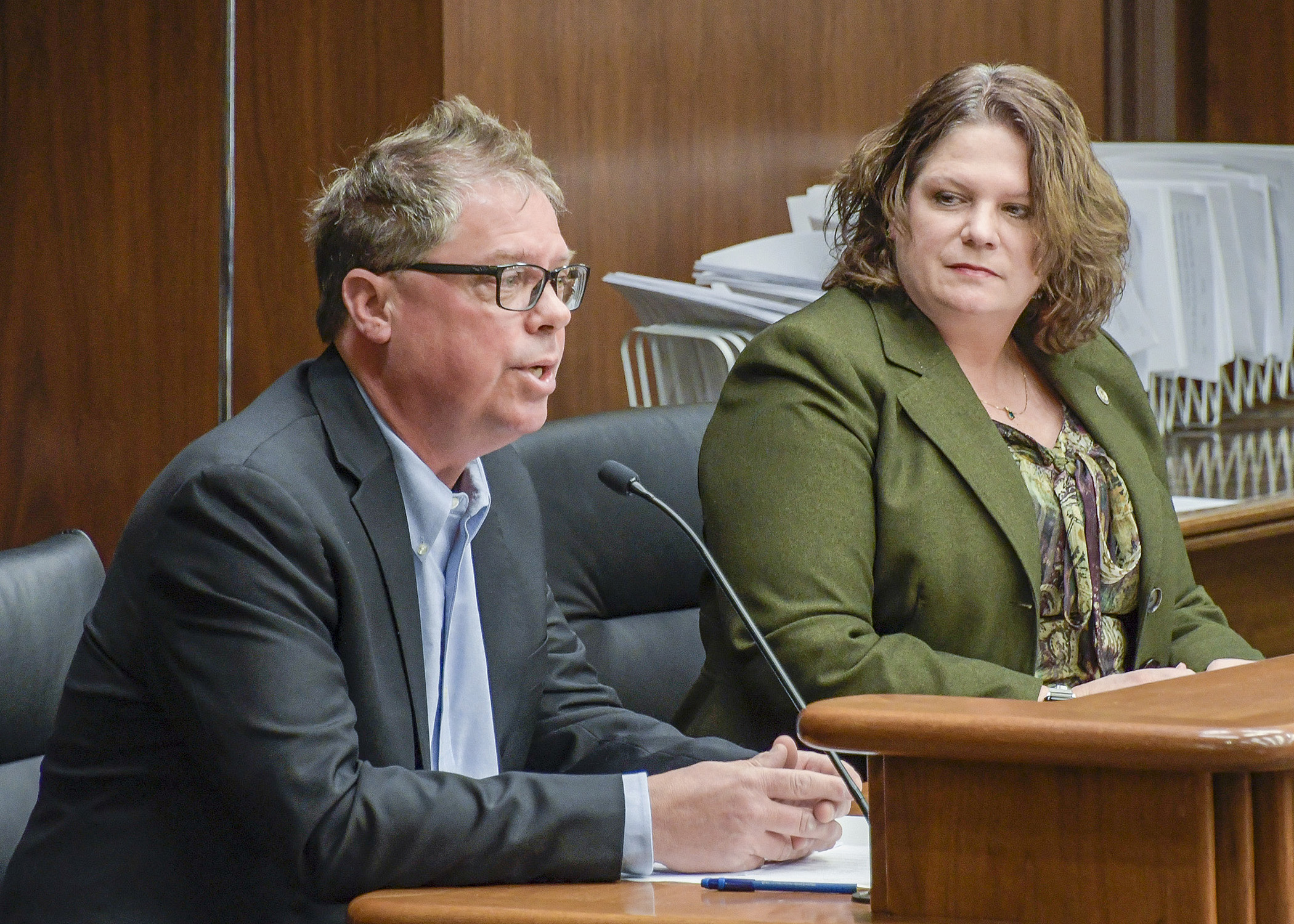Bill would keep historic structure credit from going off into the sunset

The next time you pause to admire an historic building that’s undergone a particularly successful renovation, know that a tax credit probably helped make that possible.
Both the federal and state government encourage investment in the renovation and reuse of old buildings with the use of tax credits. But Minnesota’s is scheduled to go away after Fiscal Year 2021.
HF1642, sponsored by Rep. Cheryl Youakim (DFL-Hopkins), would repeal the sunset provision in state statute and make the Historic Structure Rehabilitation Credit permanent. It would also permit taxpayers who have been assigned a credit to reassign it.
On Tuesday, the House Taxes Committee laid the bill over, as amended, for possible inclusion in an omnibus tax bill.
The rehabilitation credit is a refundable credit equal to 20% of qualified rehabilitation expenditures. Those using it must also qualify for the federal credit. Both are spread over five years.
Tuesday’s testimony focused upon the success of the program, which has been used in both commercial development and in housing. While Youakim emphasized that affordable housing isn’t the central focus of the credit, it has been used to that effect.
“More than 5,000 units of affordable housing have been added or retained by using the tax credit,” she said.
Testifying in favor of the bill was Erin Hanafin Berg, policy director for Rethos, formerly known as the Preservation Alliance of Minnesota.
“Before the historic tax credit was passed in 2010,” Berg said, “Minnesota typically saw two or three of these kind of projects a year, just using the federal historic tax credit that’s been available since the 1980s. In the past 10 years, 133 historic buildings have been rehabilitated and re-occupied. Tens of thousands of jobs have been created, resulting in $3.3 billion of economic activity. None of this would have happened on this scale without the Minnesota historic tax credit.”
Brigid Tuck, senior economic analyst for University of Minnesota Extension, presented the results of a study concluding that, for those 133 projects, each dollar invested in tax credits has generated $9.17 of economic activity.
Greg Handberg is senior vice president of properties for Artspace, which develops living and work space for artists and arts organizations. He spoke of the difference the historic tax credit has made for Artspace, including making possible its recent purchase of Northeast Minneapolis’ Northrup King campus for redevelopment.
“Construction is expensive right now,” Berg said, “but rehabilitation of old buildings is more cost-effective, in that they use fewer materials and don’t involve the kind of infrastructure projects you need to develop in a new area. … Someone has to put the money up front to launch one of these projects, and the promise of a tax credit is one of the things that attracts investment.”
The bill’s companion, SF1639, is sponsored by Sen. David Senjem (R-Rochester), and awaits action by the Senate Taxes Committee.
Related Articles
Search Session Daily
Advanced Search OptionsPriority Dailies
Ways and Means Committee OKs proposed $512 million supplemental budget on party-line vote
By Mike Cook Meeting more needs or fiscal irresponsibility is one way to sum up the differences among the two parties on a supplemental spending package a year after a $72 billion state budg...
Meeting more needs or fiscal irresponsibility is one way to sum up the differences among the two parties on a supplemental spending package a year after a $72 billion state budg...
Minnesota’s projected budget surplus balloons to $3.7 billion, but fiscal pressure still looms
By Rob Hubbard Just as Minnesota has experienced a warmer winter than usual, so has the state’s budget outlook warmed over the past few months.
On Thursday, Minnesota Management and Budget...
Just as Minnesota has experienced a warmer winter than usual, so has the state’s budget outlook warmed over the past few months.
On Thursday, Minnesota Management and Budget...